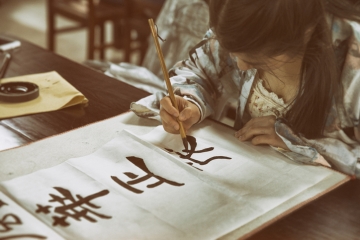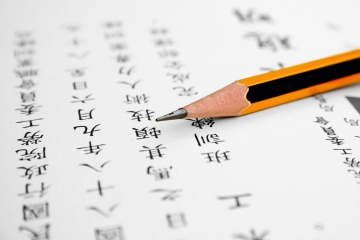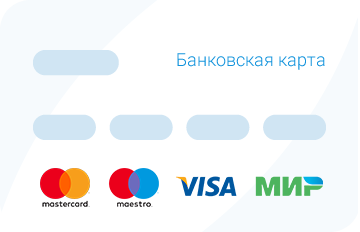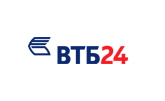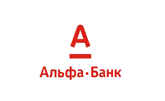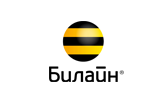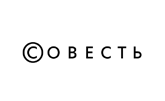
When a learner starts learning Chinese he or she faces a seemingly disturbing fact - Chinese does not have an alphabet. There are only hieroglyphs and their Latin transcription (pinyin). Besides, if you are a beginner, it is hard to say for sure how to interpret or read each hieroglyph.
There is only one approach - to keep and keep learning.
To cope with difficulties at the initial stage, a learner of the Chinese hieroglyphs can use the following useful tools.
1) The best way to learn the hieroglyphs is to practise their writing in special handwriting books. They can be different, depending on the age.
Experience shows that learners who use such handwriting books instead of checked note-books write more neatly. You download the handwriting books from this website, print them out and practise straightaway! (They are also available in many shops of Russian cities, in various internet shops and, of course, in China).
2) a more advanced equivalent to paper handwriting books - 书法水写布 (special paper for calligraphy where you can paint with water).
You can write a hieroglyph with a wet brush, and in a minute it will disappear from the surface. These handwriting books have several advantages: a) they train memory: you cannot write the whole hieroglyph since while you try to remember one part, the other one disappears! b) they are interesting and engaging to work with, especially for young learners; C) they are convenient and practical: you do not have to print them out and save.
3) While practising the hieroglyphs, it is important to write them in the correct order and direction. This is a guarantee of successful writing in the future because you hand "memorizes" the necessary elements and automatically reproduces the order of writing. In addition, only the correct writing of hieroglyphs is aesthetic!
A teacher always explains general rules of writing hieroglyphs, comments on the most challenging elements. As a rule, in the books for beginners new words are given with a special order of tracing the lines.
At an online lesson it is possible to simultaneously write hieroglyphs and monitor this process by means of an interactive board. If you have questions about writing hieroglyphs during self-study, we recommend using special resources. For example, the electronic dictionary Wenlin has the function of animated writing which allows you to follow the direction and order of each line.
4) Even regularly practised hieroglyphs tend to slip your memory. To avoid this, we recommend revising them by using the system of flash cards.
To remember the keys (the components of a hieroglyph) you need to cut cardboard into cards and write a key on one side of the card and its meaning on the other side.
It should be noted that revision is more effective if it is bilingual - from Chinese to Russian and the other way round.
For learning hieroglyphs, it is useful to use programmes with flash cards. The programme anki is popular with learners of different languages. Its disadvantage is that you have to create a set of hieroglyphs on your own by manually entering a hieroglyph, its pronunciation and translation.
The app Pleco, which is specially created for Chinese dictionaries, has the built-in function for revising the hieroglyphs in flash cards. We consider this programme extremely useful for learners of Chinese and recommend using it.
5) Looking up the meaning/pronunciation of a hieroglyph in a dictionary can take time. The search for a hieroglyph according to its writing is more convenient.
The dictionary Pleco, which has been mentioned before, supports this function on Android and IOS.
The recognition of a hieroglyph, written on the screen with a computer mouse, is provided by the English-Chinese dictionary nciku.
6) If you search for a hieroglyph according to its meaning/ pronunciation, we recommend the following electronic dictionaries: CCRD (Comprehensive Chinese-Russian Dictionary) and Zhonga.
7) to enter a hieroglyph using a keyboard, you need to set the Chinese language on the desktop of your device (a PC, tablet or phone).
8) The programme pinyinput supports the entering of Chinese transcription with tone. After being set, it will be displayed as another language on the keyboard.
9) Pop-up hieroglyphs are provided by the MDBG Chinese reader.
10) The recognition of hieroglyphs in the image and their transformation into a text is carried out by Shangshu OCR.
The tools mentioned above will facilitate your learning of Chinese at the initial stage. By using them, we will realise that hieroglyphs can be learnt with ease and interest like European languages which are based on the Latin alphabet.
To learn more about the Chinese language, sign up for a trial lesson with one of our online teachers of Chinese.






